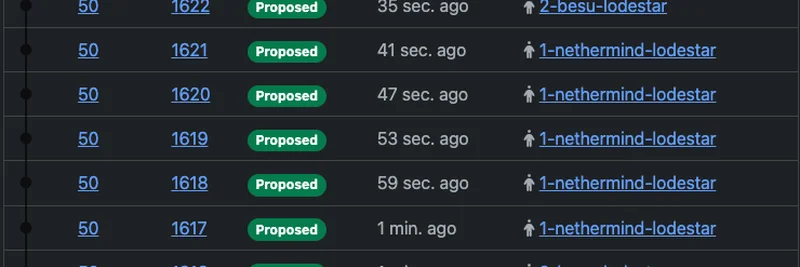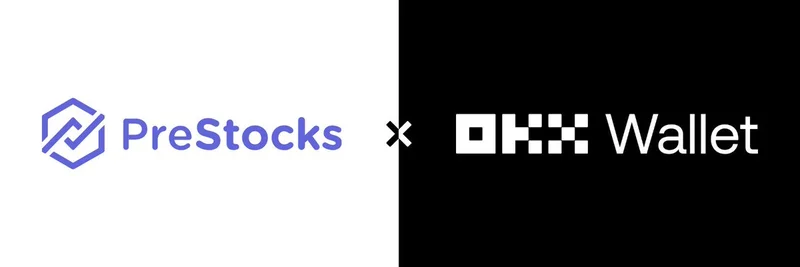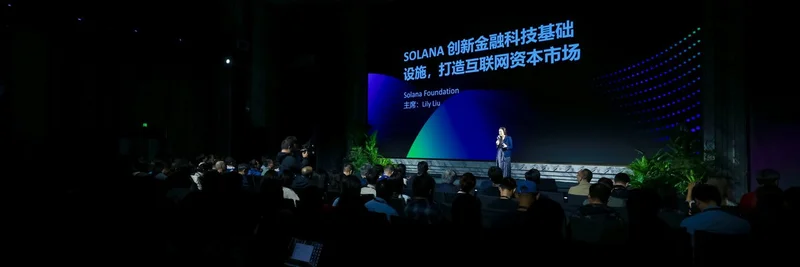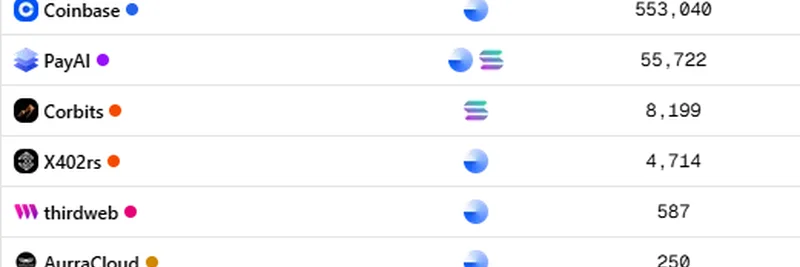Ethereum just took a huge step forward in its quest for better performance, and if you're into meme tokens, this could mean big things for your trades. In a recent tweet from Toni Wahrstätter (@nero_eth), an Ethereum Foundation contributor, we learned that two major Ethereum clients—Nethermind and Besu—have successfully achieved interoperability with EIP-7928, also known as Block-level Access Lists. This isn't just tech jargon; it's a foundational move toward parallel validation, which promises to make the network handle transactions much faster without compromising its decentralized roots.
The excitement kicked off with a quote tweet from Marc Harvey-Hill (@marchhill1), a core dev at Nethermind, announcing their interop on a local devnet. He shared a screenshot showing the setup in action, highlighting the first steps toward the upcoming Amsterdam fork.
For those new to this, EIP stands for Ethereum Improvement Proposal—a way the community suggests and implements upgrades to the network. EIP-7928 specifically introduces block-level access lists, which are like a roadmap for what data a block touches during execution. This setup allows validators to process parts of a block simultaneously, rather than one after another, speeding things up dramatically.
Wahrstätter noted that other clients are "very close too," and replies in the thread confirm Geth has been interoperable for a while, making it at least three clients on board. This client diversity is crucial for Ethereum's health, ensuring no single implementation dominates and reduces risks like bugs or centralization.
Why does this matter for meme tokens? Meme coins thrive on hype and rapid trading—think of the viral pumps where every second counts. Right now, Ethereum's sequential processing can lead to congestion and high gas fees during peak times, pushing some meme activity to faster chains like Solana. But with parallel validation slated for 2026, Ethereum could reclaim its spot as a go-to for meme launches and trades, offering lower costs and quicker confirmations. Imagine flipping that hot new dog-themed token without waiting ages for your transaction to clear.
The thread also sparked enthusiasm from the community. One reply from @URozmej clarified that parallel validation is still in early stages on a separate branch, tempering expectations but underscoring ongoing work. Others, like @0x9212ce55, simply dropped fire emojis, while @j_wasinger pointed out Geth's involvement for a more complete picture.
This milestone aligns with Ethereum's broader roadmap to scale Layer 1 without relying solely on Layer 2 solutions. For blockchain practitioners and meme enthusiasts alike, it's a reminder that core innovations like this keep the ecosystem evolving. Keep an eye on updates from the Ethereum Foundation and client teams—2026 might just be the year meme tokens go supersonic on ETH.
If you're building or trading in the meme space, understanding these upgrades can give you an edge. Dive deeper into EIPs on the official Ethereum website or follow devs like @nero_eth for real-time insights.




